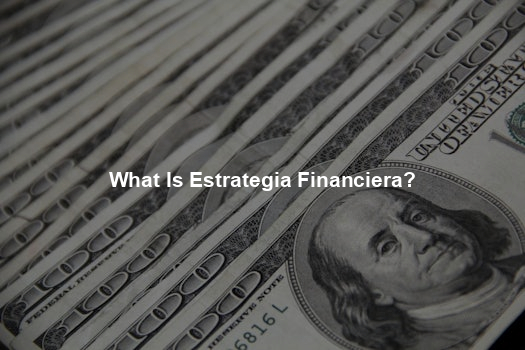Temporal life insurance provides the easiest and most cost-effective protection option available today. Policies typically cover you for 10, 20 or 30 years before expiring.
Your life insurance company will distribute payments in your name to a beneficiary following your death, known as the beneficiary.
Cost
Calculating the cost of life insurance can be challenging due to its many different policies and varying prices based on plan characteristics. We advise taking time to compare prices among various life insurance providers before selecting one; health problems or serious illnesses could increase its price further; additionally, certain providers require higher premium payments in order to guarantee enough funds are set aside to pay benefits in case of death.
Life insurance creates savings over your entire lifetime, which you can invest or use for bills such as medical bills and maintenance costs, bank accounts and paying off debts owed. Furthermore, any money returned upon your death could help cover income requirements of your dependents or even contribute towards funding their education costs.
One can estimate the cost of life insurance over a certain period of time, though we do not advise doing this permanently. Life insurance provides security against risks of all kinds – it protects asegurators from financial catastrophe and gives their finances peace of mind. Life insurance should therefore be seen as an integral component in your overall financial strategy.
Benefits
Average Life Insurance Premiums depend on multiple elements considered by insurance companies. Insurance firms calculate risk based on age and whether or not coverage is needed; classifying risks determines payment to insurers.
Women typically pay slightly less for life insurance policies than their male counterparts, and businesses also evaluate individuals and their families to determine eligibility for life coverage policies. If an injury occurs at work or natural disaster strikes, life policies provide resources to cover any related financial costs rather than paying upfront premiums.
IF an insured is terminally ill with less than one year left to live, their insurer will make payments using the nominal value of their policy. Although cancer cannot be cured with medication alone, institutions may provide experimental therapies which alleviate or enhance life.
In other cases, beneficiaries receive part of their nominal value every two to three months from an insurance company which holds onto any benefits due to death and then pays them out with interest at regular intervals over an established period of time. Pricing options provide valuable resources when shopping around for life insurance policies.
Premiums
Temporal Life Insurance may be more affordable solution to protect your family than permanent policies can. As its name suggests, temporary life policies offer coverage over an agreed upon duration or term; for instance just prior to retirement. While you’ll get all of the same advantages from temporal policies like permanent ones, they provide greater flexibility.
If you are seeking temporary life insurance policies, there is an abundance of insurance and assurant companies offering this product. It is wise to compare prices in order to select an appropriate option.
As with any product, the cost of term life insurance policies depends on various factors, including age and coverage requirements. There are free online services available that can assist in estimating an approximate premium amount based on individual needs for coverage.
Institutions, such as churches, trade unions and other associations provide temporary life insurance policies to their workers and members. They may also provide advice and recommendations regarding your choice. Instead of going directly through an agency, it may be advantageous to look for insurers with excellent reputations and strong financial backgrounds; options which allow paying all annual premiums in one payment must also be found; comparison tools will assist you with this task.
Requirements
Terminar life policies provide coverage for an indeterminable period, usually one to thirty years or more. While their monthly premium may initially be higher than full life policies, its cost does not increase proportionately due to growing premiums calculated based on your age when purchasing the policy.
Life Insurance Policies With an End are an economical means of saving and planning for the future, providing savings that can be utilized as part of legacy planning. According to age, premiums may increase or decrease depending on which asegurant provides it; some supplemental policies even require preventative measures and public health treatment prior to enrolling into such policies.
Men aged 20-30 tend to experience health issues that cost insurance providers dearly; men tend to smoke more, take part in hazardous activities more frequently, and experience health problems more rapidly than their female counterparts, prompting more companies to offer term life policies as protection for your loved ones in case one of you passes prematurely. It is imperative that if one falls prematurely there be life coverage in place to protect your family when someone passes prematurely; prices tend to be less costly for male policyholders due to shorter lifespans and the fact they tend to live shorter lifespans resulting from shorter lifespans as compared with female counterparts resulting from this fact that one insure against premature deaths sooner due to smoking habits or engaging in risky activities more likely resulting in health problems more rapidly affecting them compared with female counterparts.
